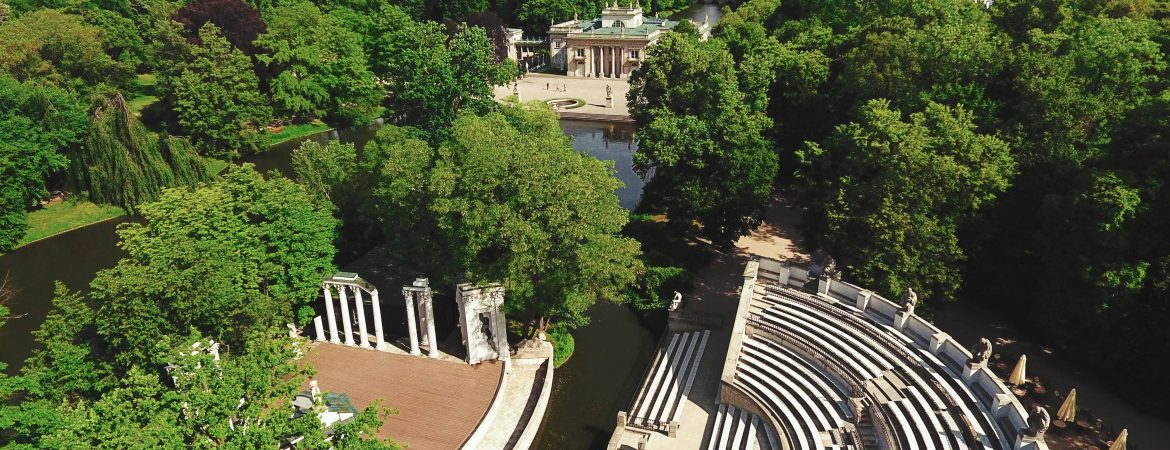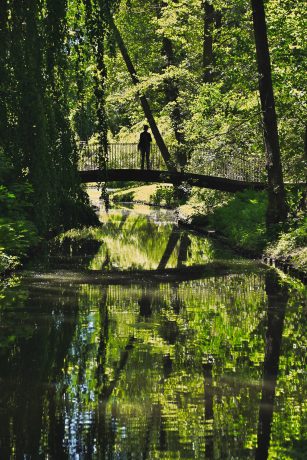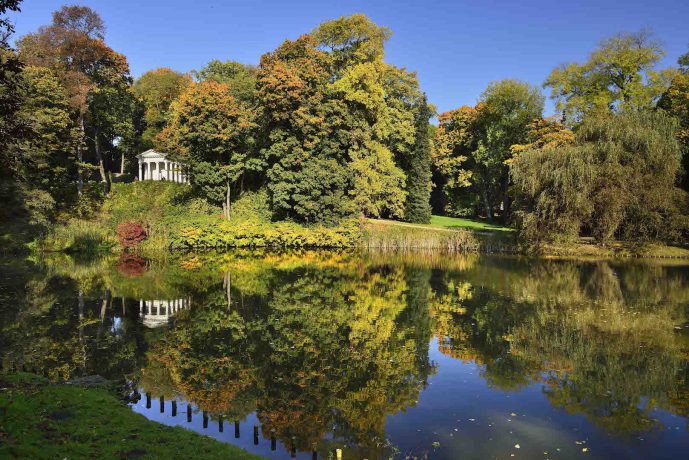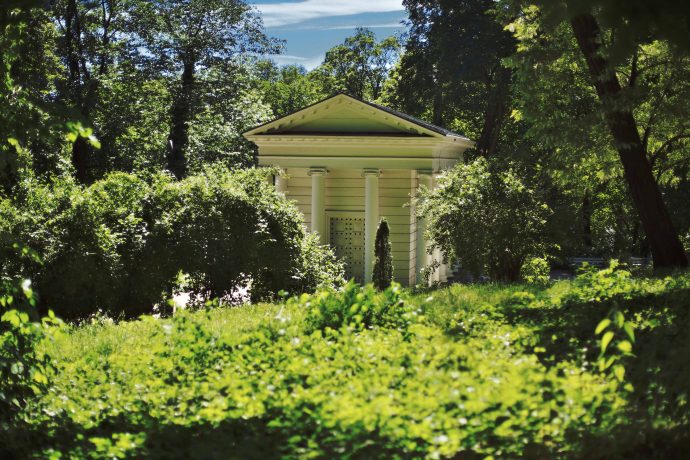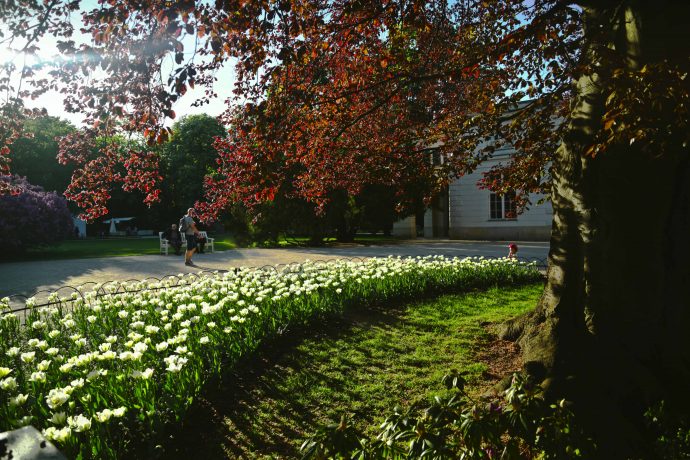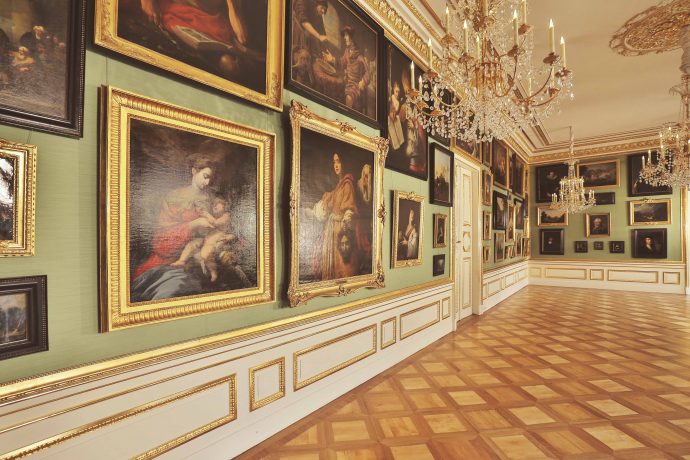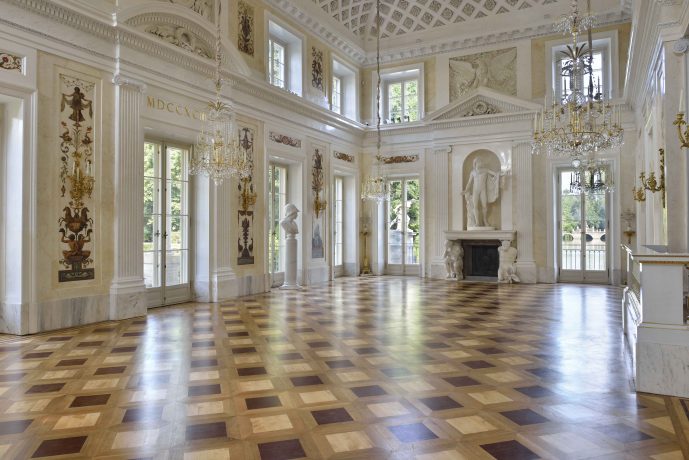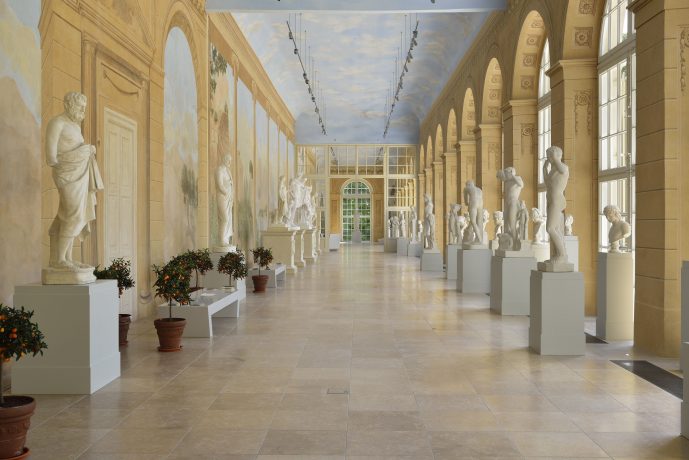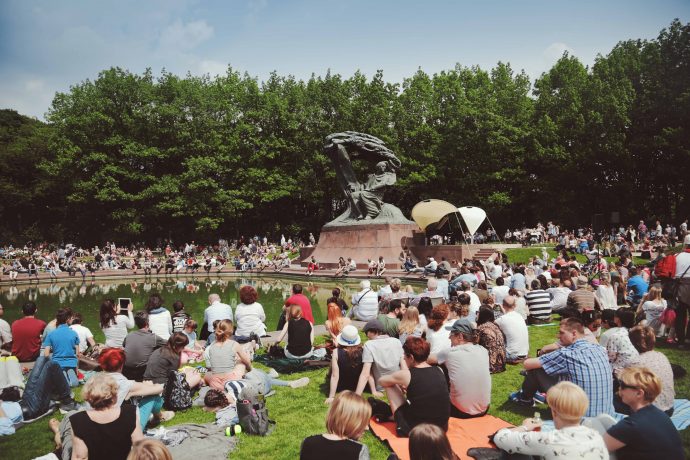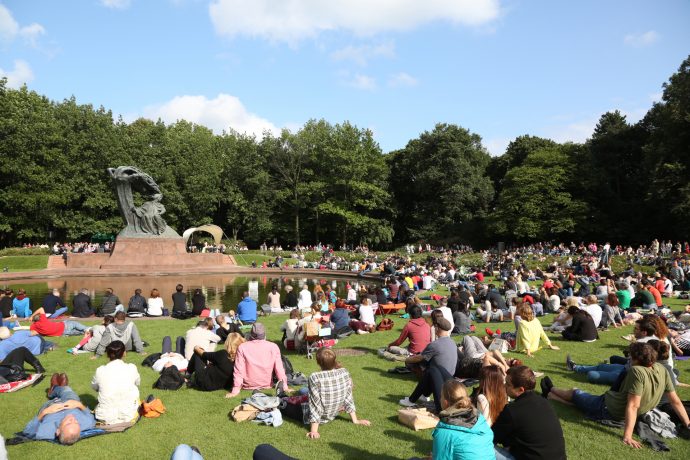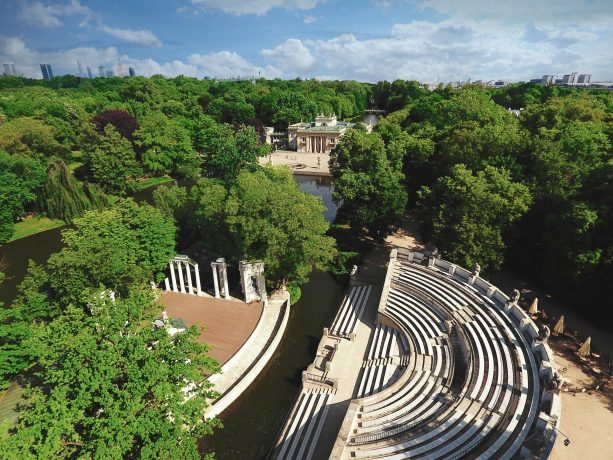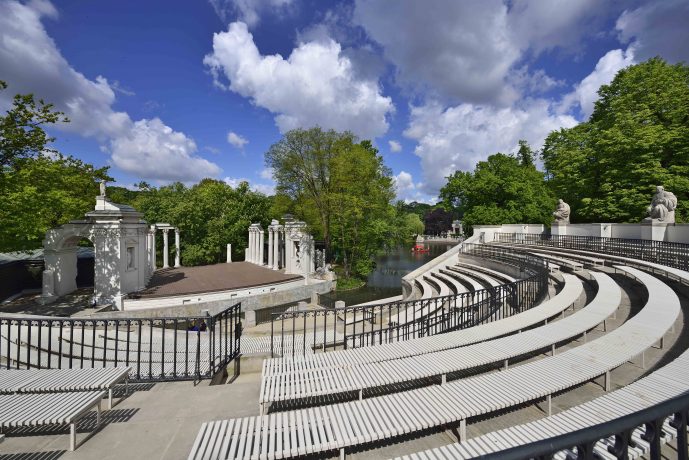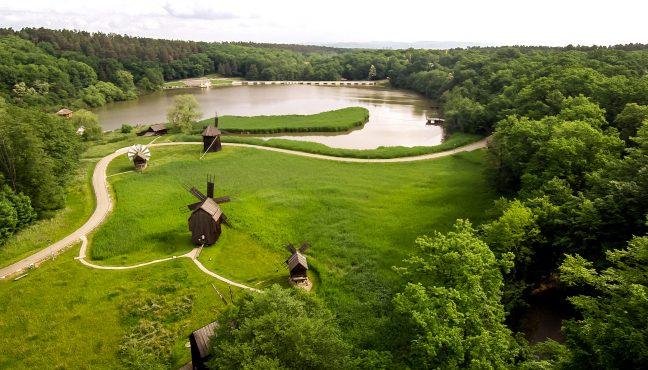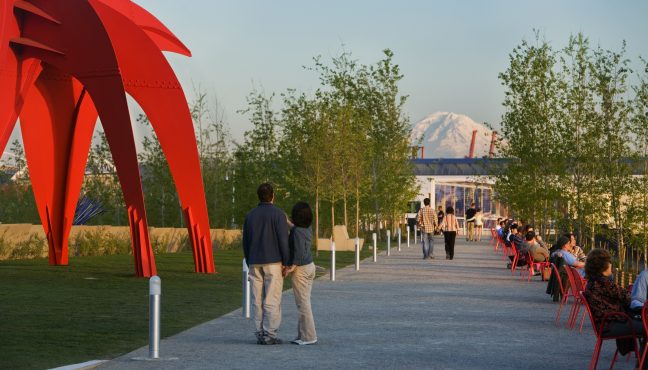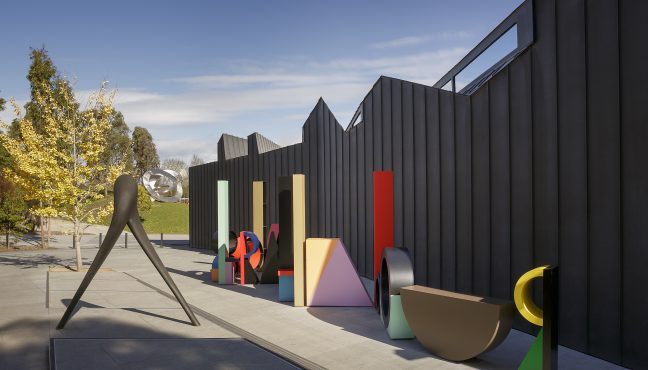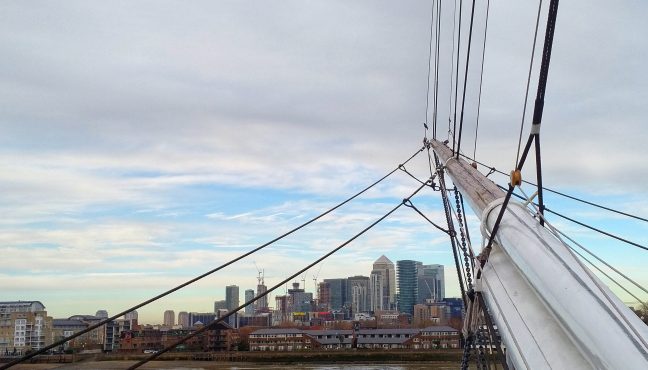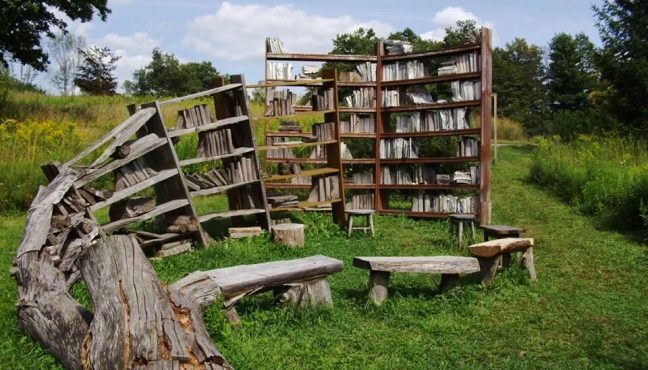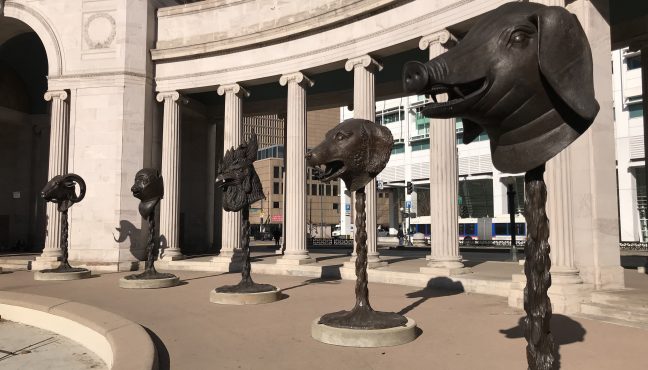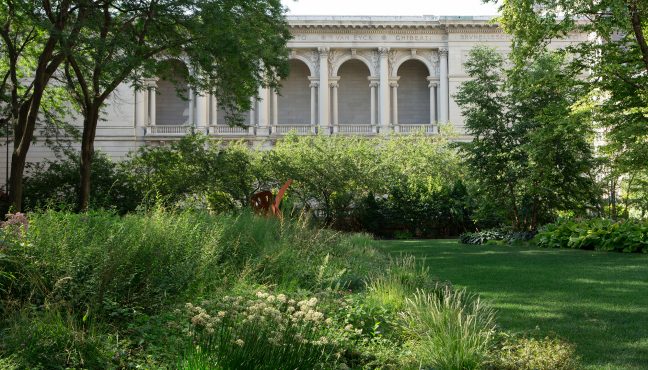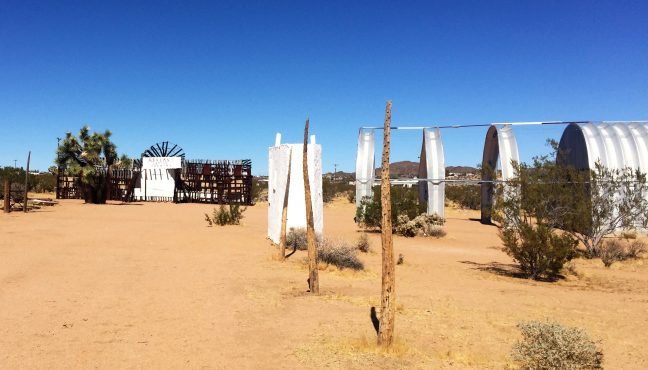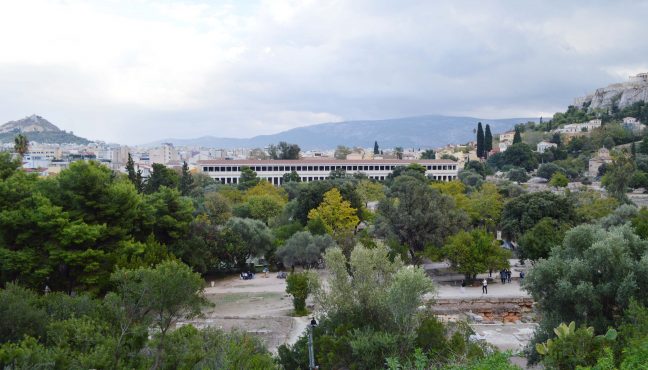If you are in Warsaw, then a visit to The Royal Łazienki Park can't be missed. It is often associated with romantic evening walks, sunny afternoon strolls with the family or open-air Chopin concerts. It’s like a green oasis in the heart of the city, though well-structured, prepared and truly royal. Because of this, Łazienki is precisely a Royal Park as its name describes. It takes you back to the times when Poland was still a monarchy ruled by its last king, Stanisław August Poniatowski, as it was his summer residence. It’s called by the inhabitants „the happiest place in Warsaw”.
„Łazienki” means „baths” in Polish and the name comes from the bath pavilion which was built in the 1680s and later re-created into the famous Palace on the Isle by the king Stanisław August Poniatowski himself. Apart from several architectural pearls, as well as the gallery of freestanding statues and the gallery of paintings, there are four gardens: Royal, Romantic, Modern and Chinese. The history of the place goes back to 13th century and since then it’s been a royal habitat.
Let’s take a walk!
PALACE ON THE ISLE
As it was mentioned before, the Palace was firstly built as a bath pavilion. The king, looking for a place for his summer residence acquired the pavilion and re-built it into the classicist palace modeled after the Italian Villa Borghese, Villa Medici or Villa Ludovisi. Also, the Palace was to become the symbol of the king’s vision and dream about the perfect country: modern and absolutely sovereign. The Palace was shortly turned into the Museum Villa, where Stanisław August decided to display the most valuable paintings from his extensive private collection. Visitors today can admire masterpieces of Rembrandt van Rijn, Jacob Jordaens, Angelica Kauffmann or Anton R. Mengs. Again, it was the king himself who, in 1792, initiated the funding of the first modern art museum opened for the public as he claimed that the fine arts should „shape the spiritual culture of the nation”.

THE ROYAL THEATRE AND THE OLD ORANGERY
The Old Orangery is one of the latest projects completed by the architect of the court, Dominic Merlini. It was built between 1785-1788. The Orangery is an essential stop during the walk in Łazienki. Visitors can admire the Royal Theatre, an original 18th century court theatre, one of very few still existing in Europe. Since 2015 the Royal Theatre has been located on the Baltic Route of Historic Theatres.
In the past, King Stanisław August used the Old Orangery mostly as a greenhouse for exotic trees that would decorate royal gardens in the summer. Today, in the shades of the Old Orangery, guests can appreciate the collection of marble and gypsum statues, where the oldest date to 5th and 3rd century BC. There is also a gallery of Polish Sculptures where the exotic trees used to be displayed, but now houses the works of outstanding Polish artists of 19th and 20th centuries.
THE MYSLIWIECKI PALACE
The next stop on the route is The Mysliwiecki Palace. Originally intended as a main abode of the king, it was soon offered to his nephew, the Polish national hero, great soldier and womanizer, Prince Józef Poniatowski. Since then the Palace was home for notable members of the Army, generals and officers. During the Second World War, the Palace belonged to the Ministry of Foreign Affairs and was later visited by many important political guests, such as Indira Gandhi and Richard Nixon.

THE WHITE PAVILION
This graceful building, which perfectly blends with its surrounding landscape, was the first one raised by Dominic Merlini in Łazienki Park. It’s an example of a dream summer villa, a perfect maison de plaisance. Now, on the first floor, visitors can admire the Royal Collection of Graphics presenting among others the scenes from Ovid „Metamorphoses”.

THE OFFICER CADETS SCHOOL
It’s the temple of Ignacy Jan Paderewski, the famous pianist, politician and Polish prime minister during the difficult times. The exhibition covers the most important musical objects including his cabinet piano from 1867. There is a beautiful amphitheater close nearby.
Leaving the architecture behind, we can now relax while walking through four gardens, starting with the Royal one. It’s the oldest part of the Park as it reaches back to 1262 when it was completely destroyed by invaders. Later, this area was used as a hunting space. The garden was created at the end of 17th century in an Italian style. The Romantic Garden, located near the Belvedere, is the lushest one with its beautiful composition and flora; it is the best example of the 19th century garden style. In the south of the Park, visitors enter the Modern Garden, which refers to the 20th century garden design, and its borders meet with the Chinese Avenue. Modern style can be seen around the great Chopin Statue. The Chinese Garden is located in the northern part of the Park, surrounded by the Chinese Avenue, Royal Promenade, Belvedere Road and Agricola Street. It was based on the historical models from the Prince Gong residence in Beijing and designed in the „chinoiserie” style, started in Łazienki by the King Stanisław August. Though the Chinese Garden is fairly new, (it opened only in 2014) it is stylized to look like it is from the King's time.
Łazienki is also famous for it open-air Chopin concerts (held next to the Chopin Statute) that take place every Sunday from May to September at noon. It is a rare opportunity to listen to the best international pianists surrounded by the peaceful atmosphere of the magnificent gardens.
Łazienki Park actively participates in the city life events such as Jazz concerts in the Chinese Garden, drawing classes for the youngsters, special free sightseeing of the Palace for public or the famous Festival of Light, when the night walk in Łazienki turns into an unforgettable experience.
The Royal Łazienki Park is a place where time goes back to when architecture, art and nature were not only considered some of the greatest values of a country, but also important in how it presented itself to the world. A Sunday stroll in this Warsaw gem will surely bring you inner peace, knowledge and a happy smile in knowing that places like this still exist and still do their magic.
